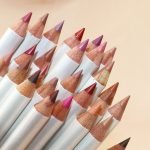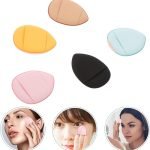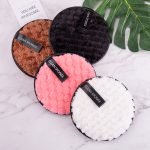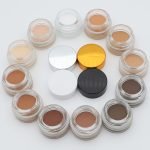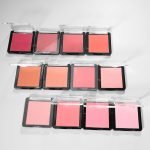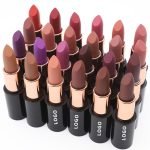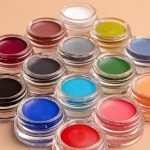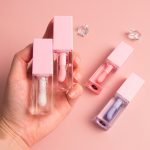Product testing and quality control are essential processes in the production of cosmetics. Below are some common measures for product testing and quality control in the cosmetic industry:
Raw Material Quality Control
Strict quality control is required for raw materials used in cosmetic production. This can be achieved through:
- Selecting reliable raw material suppliers to ensure that the raw materials meet the relevant standards and regulations.
- Testing and inspecting raw materials to ensure that they do not contain harmful substances or contaminants.
- Establishing a quality file for raw materials to record origin, testing results, and usage.
Production Process Control
- Strict control of the production process is necessary to ensure product quality and stability. This can be achieved through:
- Strict control of production process parameters, such as temperature, humidity, time, and stirring speed.
- Establishing standard operating procedures for the production process to ensure consistency and stability.
- Real-time monitoring and record-keeping of the production process to identify and correct problems in a timely manner.
Finished Product Quality Inspection
Finished product quality inspection is necessary to ensure the safety, effectiveness, and quality stability of cosmetic products. This can be achieved through:
- Establishing standard operating procedures for quality inspection to ensure accuracy and repeatability of tests.
- Conducting comprehensive inspections and tests on finished products, including appearance, odor, color, pH value, stability, microorganisms, and other indicators.
- Developing appropriate inspection standards and methods based on product characteristics and usage.
Packaging Quality Control
Packaging for cosmetics must comply with relevant standards and regulations to ensure product quality and safety. This can be achieved through:
- Selecting packaging materials that meet the relevant standards and regulations, such as plastic bottles, glass bottles, and aluminum tubes.
- Testing and inspecting packaging materials to ensure their quality stability.
- Establishing a quality file for packaging materials to record origin, testing results, and usage.
Market Feedback Monitoring
Cosmetics may encounter problems in the market, such as allergies, and it is necessary to monitor and analyze market feedback and take measures to improve product quality. This can be achieved through:
- Establishing a customer complaint handling mechanism to respond to and handle customer complaints and feedback in a timely manner.
- Conducting research and analysis on competing products in the market to understand market demand and trends.
- Regularly organizing quality assessments and improvement work to continuously improve product quality and customer satisfaction.
Third-Party Testing
Cosmetic manufacturers can commission third-party organizations to conduct quality testing and monitoring to ensure the reliability and objectivity of product quality. This can be achieved through:
- Selecting qualified and reputable third-party testing organizations to conduct testing.
- Analyzing and evaluating testing results and taking measures to improve product quality in a timely manner.
- Establishing a good cooperative relationship with third-party testing organizations to jointly promote the improvement of cosmetic quality.
In summary, product testing and quality control for cosmetics require comprehensive control and supervision from multiple aspects, such as raw material procurement, production process, finished product testing, packaging quality control, market feedback monitoring, and third-party testing, in order to ensure product quality and safety.







